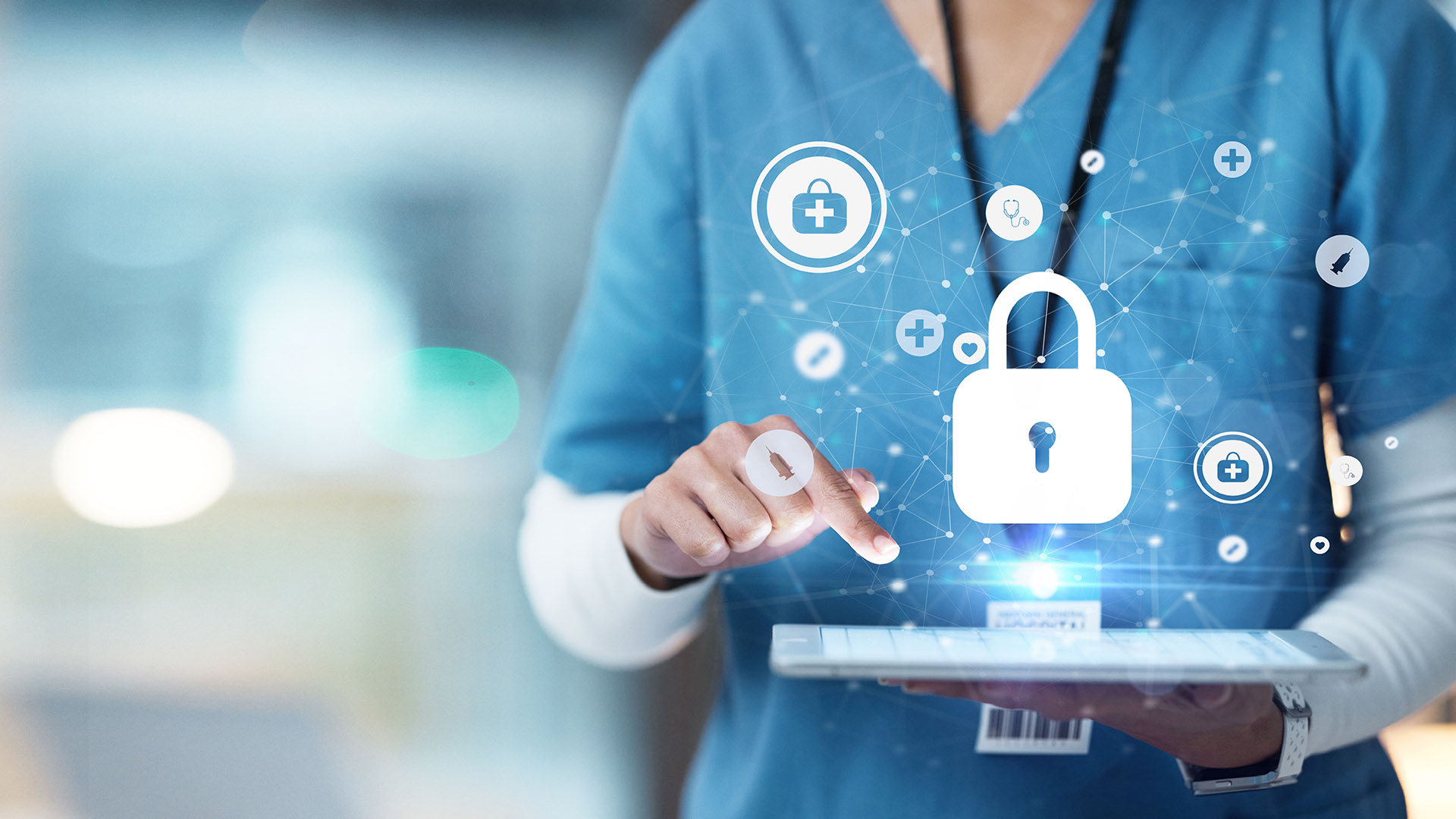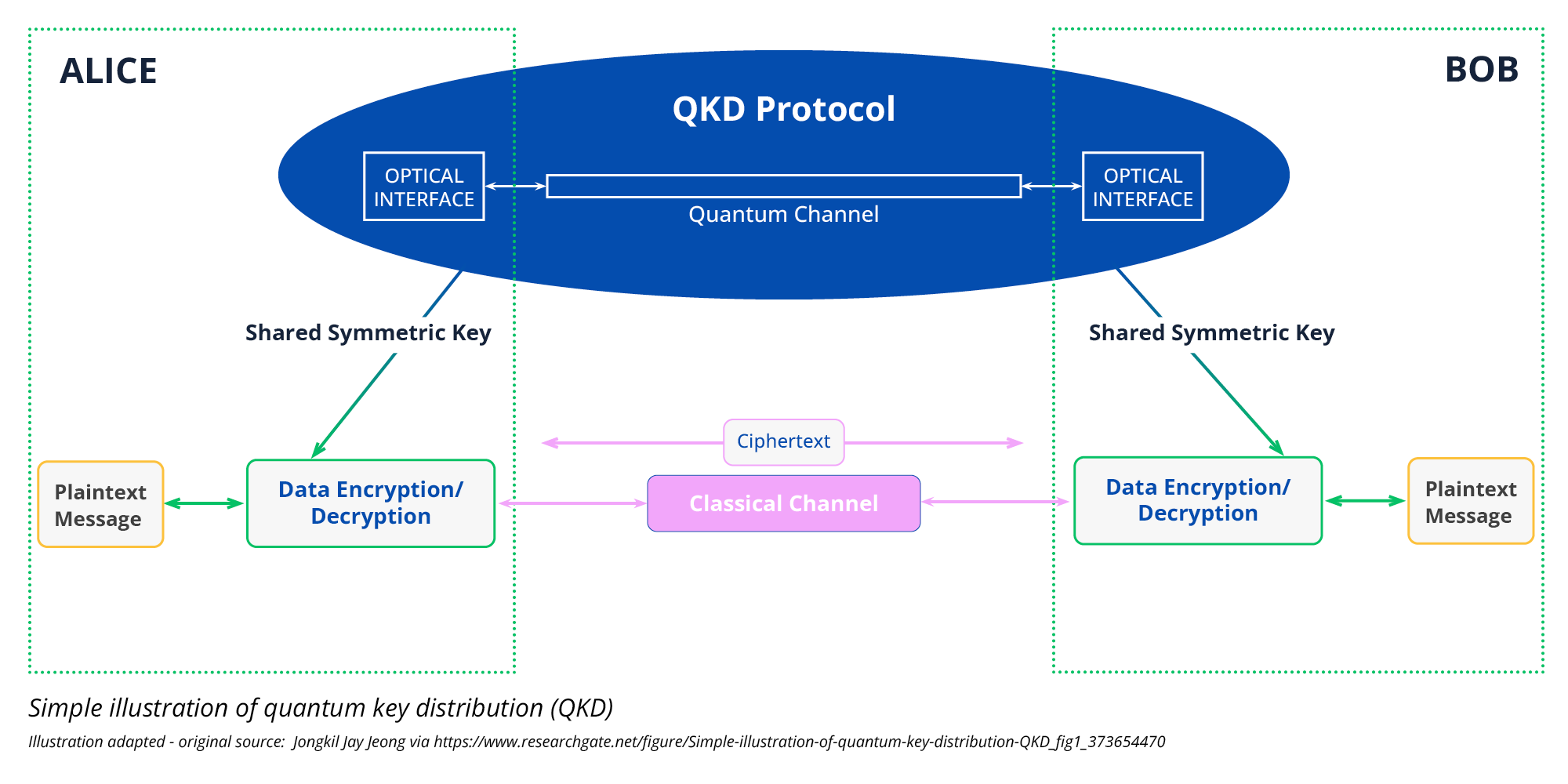HASC News
Quantum Key Distribution (QKD) – Future Proofing Healthcare Security

63% of Cyber Experts Concerned about Quantum
Harvest Now, Decrypt Later
A recent study has found that, 63% of cybersecurity professionals are worried that quantum computing will pose increased risks to cyber security, affecting almost everything we do in our increasingly connected world. This includes online transactions, digital signatures and sensitive data such as medical records. Quantum computing comes with an abundance of opportunities however, increased computational power also represents fresh challenges, especially when it comes to highly confidential data. It is estimated that a patient data record is worth 50 times more than a credit card on the black market. Medical data, therefore, represents a massive opportunity to criminals.
Data that are encrypted to a high standard today are still potentially valuable. A recent study shows that 56% of IT and Security professionals from a broad industry background are currently concerned about ‘harvest now, decrypt later,’ and this is certainly a challenge that requires a robust solution.
Medical Records Remain Private via The Laws of Physics
Imagine a world where your most private medical records are protected by the laws of physics. Quantum Key Distribution (QKD) can provide the foundations that can help achieve this
QKD uses single photons (or particles of light) to create secret “keys” that can’t be intercepted without detection. If anyone tries to “eavesdrop”, the quantum state of the photons changes, alerting the system immediately. This means data remains uncompromised.
HASC Quantum Key Distribution (QKD) Project
- Project Description: Quantum Key Distribution QKD and FSO Over the Air – Open-Source Version of Ray Tracing Code
- Universities: UoC & UoOx
- Leads: Richard Penty / Adrian Wonfor / Dominic O’Brien
How is HASC contributing to the quantum security challenge? The QKD project explores how Quantum Key Distribution can be used to securely distribute encryption keys to help networks remain secure and we’re doing that in several ways.
We are experimenting with combining QKD with encryption that is resistant to ‘attacks’ with a future quantum computer, effectively providing multiple layers of security. QKD signals can also be sent through optical fibres, or through the air, using a technique called Free-Space Optics (FSO). This involves sending light signals between two points, rather than through fibres. The two points could be land to air, or from building to building as an example.
So far, our team has successfully transferred medical data using QKD over fibre links, with potential for Free-Space Optics connections in the future – expanding secure connectivity options for hospitals, clinics, and remote healthcare providers. Professor Dominic O’Brien MA PhD (Professor of Engineering Science, University of Oxford, Director HASC) says,
“Quantum Key Distribution has a role to play in protecting data in the ‘post quantum world’, where quantum computing has sufficient power to compromise some of the security techniques we use today. The work in HASC in this area is helping ‘future proof’ the UK against these emerging threats’

Why QKD Matters & How It Can Be Applied In Healthcare
QKD can safeguard highly sensitive patient records, medical device communications, and telehealth services against cyber threats, supporting the sector’s move towards secure digital transformation. Healthcare data needs to be kept secure for a long period of time, so securing against future attacks is important. We hope that this work will contribute towards future-proofing communications in the advent of quantum and especially in sectors with highly sensitive data to protect.
To recieve regular updates from the HASC project, plese sign up to our newsletter.
Find out more about The Federated Telecoms Hubs and our partners at CHEDDAR, TITAN and JOINER Platform.
